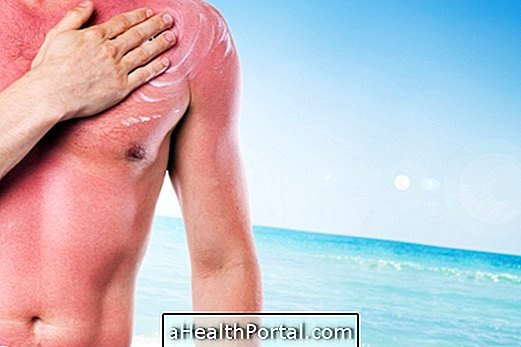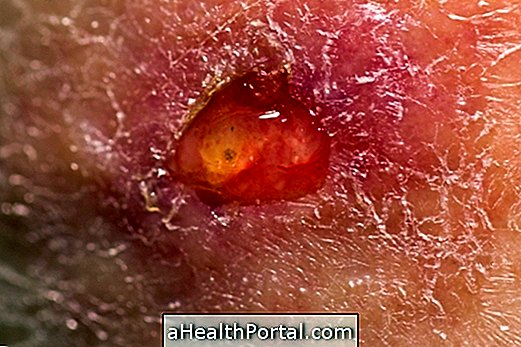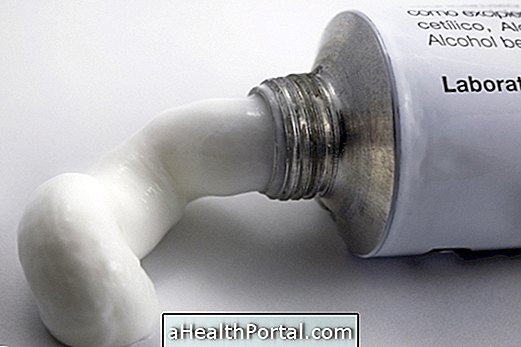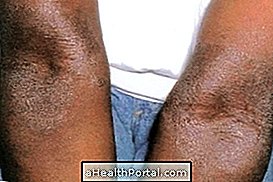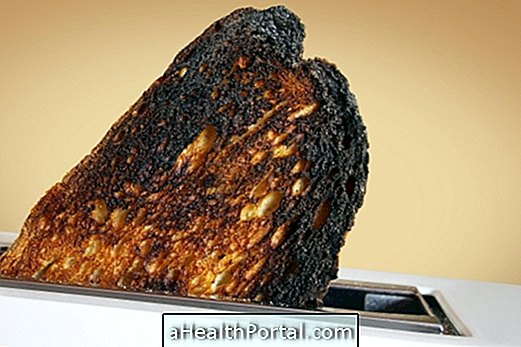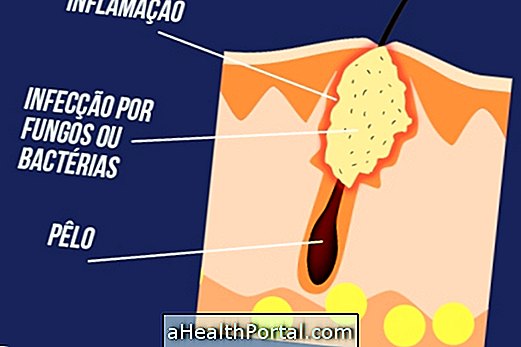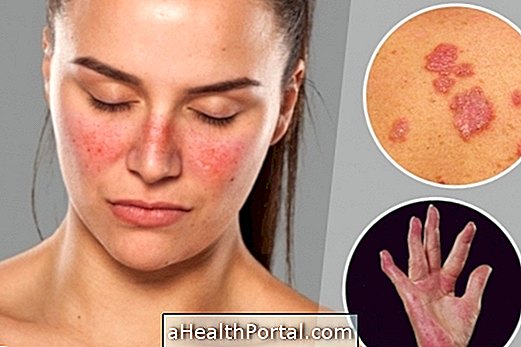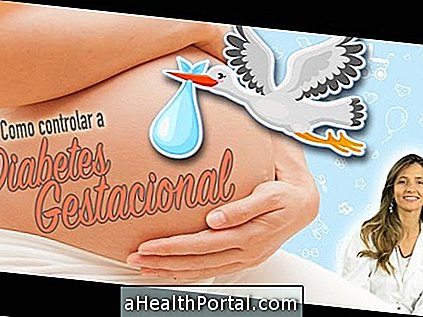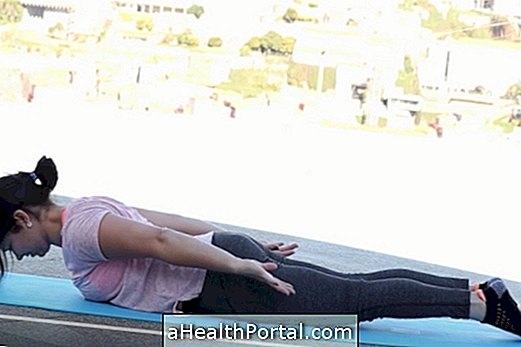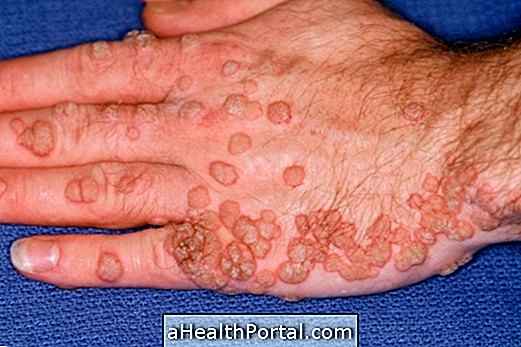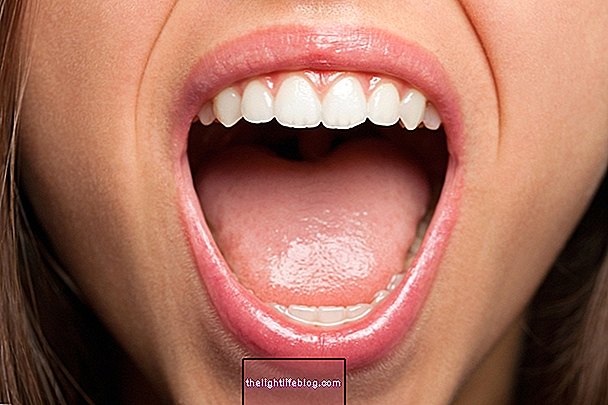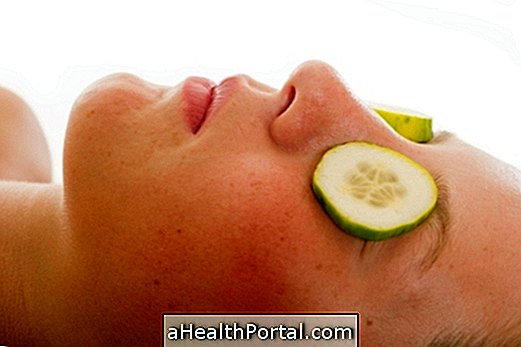The treatment of leprosy is done with antibiotics and should be started as soon as the first wound appears so that the healing is achieved faster because it is usually time consuming and should be done at the health post or referral treatment center once a month.
The treatment ends when healing is achieved, which usually occurs when the individual takes at least 12 times the medicine prescribed by the doctor. However, in more severe cases, when there are complications due to the appearance of deformities, it may be necessary to undergo physiotherapy or perform surgery.
Leprosy Remedies
The medicines that can be used to cure leprosy are the antibiotics Rifampicin, Dapsone and Clofazimine, in combination with them. These medicines should be taken daily and at least once a month the individual should go to the health clinic to take the other dose.
The following table indicates the treatment regimen that can be used for adults and adolescents over 15 years of age:
| Types of Leprosy | Medicines | Treatment time |
| Lepra paubacilar - 1 unique skin lesion | Rifampicin : 2 doses of 300mg in one month Dapsone : 1 monthly dose of 100 mg + daily dose | 6 months |
| Multibacillary leprosy - various skin lesions | Rifampicin : 2 doses of 300mg in one month Clofazimine : 1 monthly dose of 300 mg + daily dose of 50 mg Dapsone : 1 monthly dose of 100 mg + daily dose | 1 year or more |
People with multibacillary leprosy, as they have many skin sores, may have little improvement in only 1 year of treatment, so it may be necessary to maintain treatment for at least another 12 months.
Individuals with single lesions without nerve involvement who can not take dapsone may take the combination of Rifampicin, Minocycline and Ofloxacin at specific treatment centers.
Side effects of these medicines may include redness of the face and neck, itching and small raised red spots on the skin, decreased appetite, nausea, vomiting, abdominal pain, yellowing of the skin and eyes, nosebleeds, gums or uterine bleeding, anemia, tremors, fever, chills, bone pain, reddish urine and pink phlegm.
Leprosy in Pregnancy
As gestation decreases the immunity of women, it is sometimes during pregnancy that the first signs of leprosy arise. The treatment of leprosy in pregnancy can be done with the same antibiotics because they do not harm the baby and can also be used during breastfeeding.
The newborn may present a slightly darker skin in the first days of life, but the skin tone having to lighten naturally.
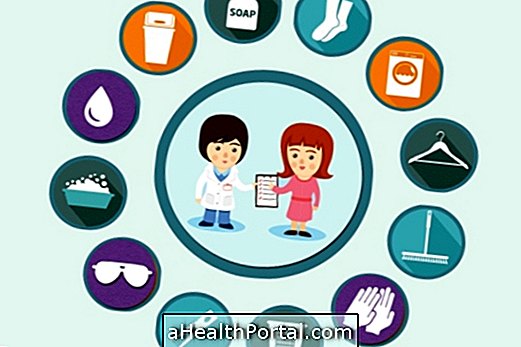
How to care for sore hands
When the hand is affected, it should be soaked in a bowl of warm water for 10 to 15 minutes and then dry with a soft towel. Apply moisturizer, petroleum jelly or mineral oil to moisturize and check for other injuries or daily injuries
Stretching and strengthening exercises may be indicated to improve movement of the hands and arms. When there is loss of hand sensitivity, it may be helpful to keep them bandaged or wear gloves to protect the skin from possible burns when cooking, for example.
How to care for injured feet
A person with leprosy who has no sensation in the feet needs to observe them daily to see if there is any new injury or impairment. It is also recommended:
- Wear closed shoes to protect the feet from possible stumbling that can be very serious, and which may even lead to amputation of the toes or parts of the foot;
- Wear 2 pairs of socks to protect your foot.
In addition, you should wash your feet daily with soap and water and apply moisturizing cream to the skin. Nail cutting and callus removal should be performed by a podiatrist.
How to Take Care of Your Nose
The complications that can happen in the nose involve dryness of the skin, coryza with or without blood, scabs and ulcers. Thus, it is recommended to drip saline into the nostrils to keep them clean and unobstructed.
How to care for the eyes
The complications in the eyes can be dryness of the eyes, lack of strength in the eyelid, being difficult to close the eyes. Thus, eye drops or artificial tear are recommended. It can also help wear sunglasses during the day and blindfold to sleep.
Signs of improvement
Signs that the disease is improving can be observed by decreasing the size and amount of wounds on the skin, recovering normal sensitivity in all areas of the body and
Signs of worsening
Signs of worsening include increased wound size and the appearance of other wounds on the body, loss of sensation and the ability to move hands, feet, arms and legs when they are affected by inflammation of the nerves.
Complications
Complications arise when treatment is not performed and may include loss of walking ability when legs are affected, difficulty in doing personal hygiene when hands or arms are affected. Thus, the person may not be able to work and take care of himself.
In order to cure leprosy, it is important to make the complete treatment, and it is the only way to cure the disease, because the remedies that involve the treatment, kill the bacillus that causes leprosy and prevents the disease from evolving, preventing its worsening and worsening .


